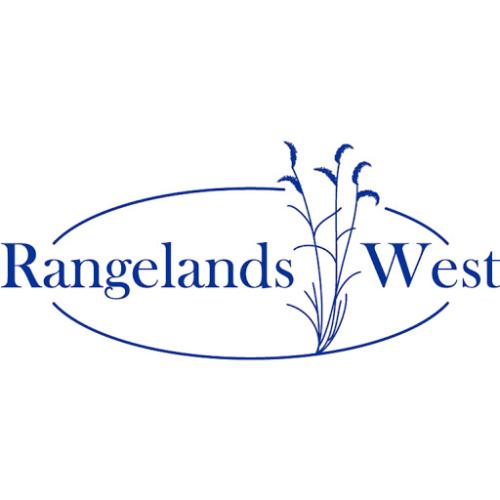Virtual fencing (VF) is tool for livestock management that uses collars and a radio or cellular system to influence the movement of livestock using auditory and electrical cues. Users program the system to establish invisible barriers on a landscape. The system detects the location of animals and if animals approach or cross a “virtual” fence, they receive an auditory or electrical cue encouraging them to move away from the barrier. VF systems have the potential to offset physical fencing costs, enable adoption of adaptive management practices, and save ranchers time in locating animals, among other benefits. Meanwhile, commercial VF systems have different fee structures and require labor to operate. This analysis explores economic considerations of investment in virtual fence (VF) systems, examining its application for representative cow-calf operations in Arizona.

Articles, citations, reports, websites, and multimedia resources focused on rangeland ecology, management, restoration, and other issues on American rangelands.